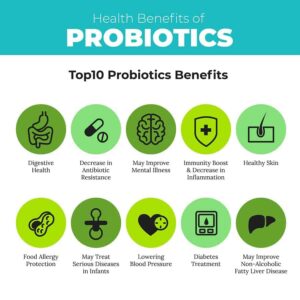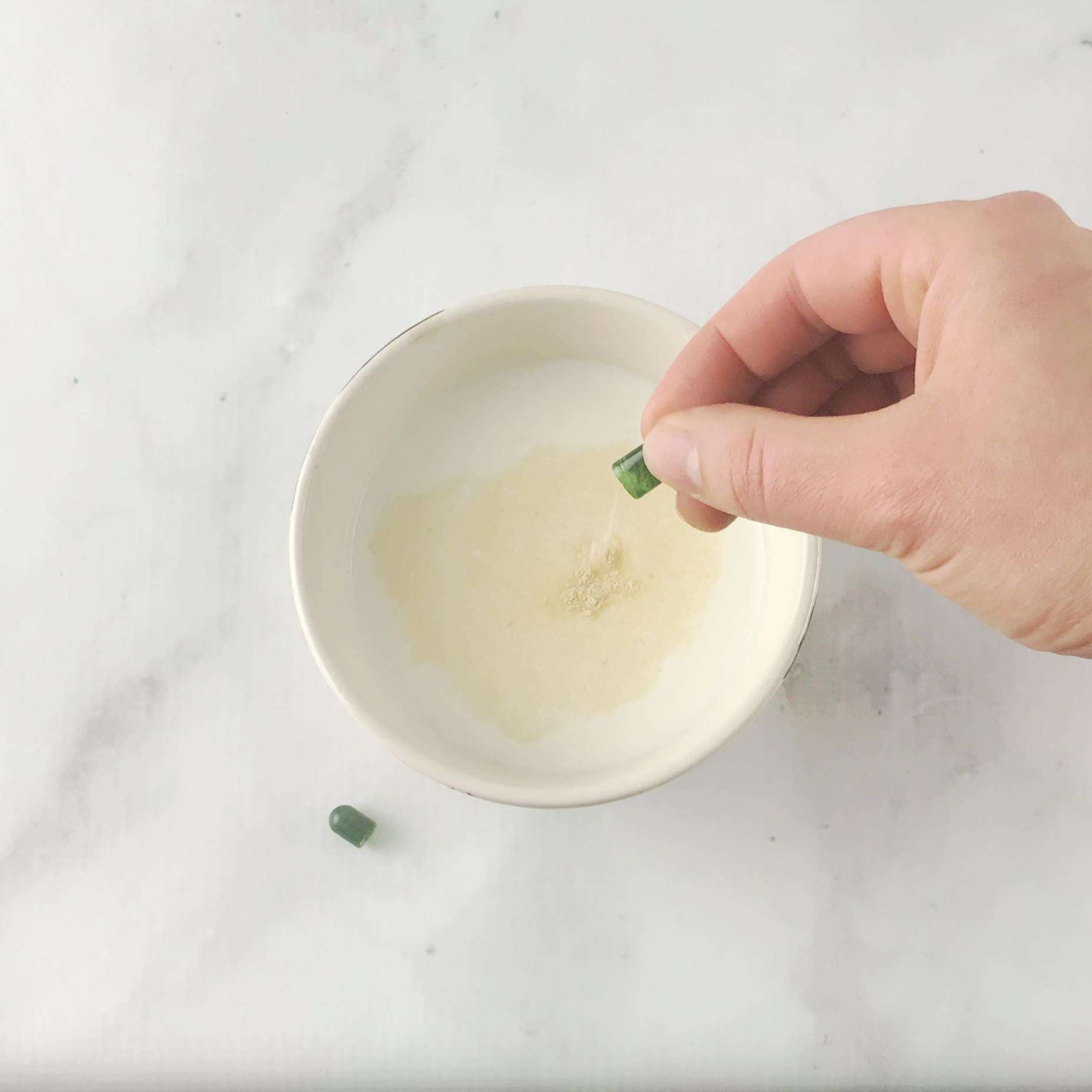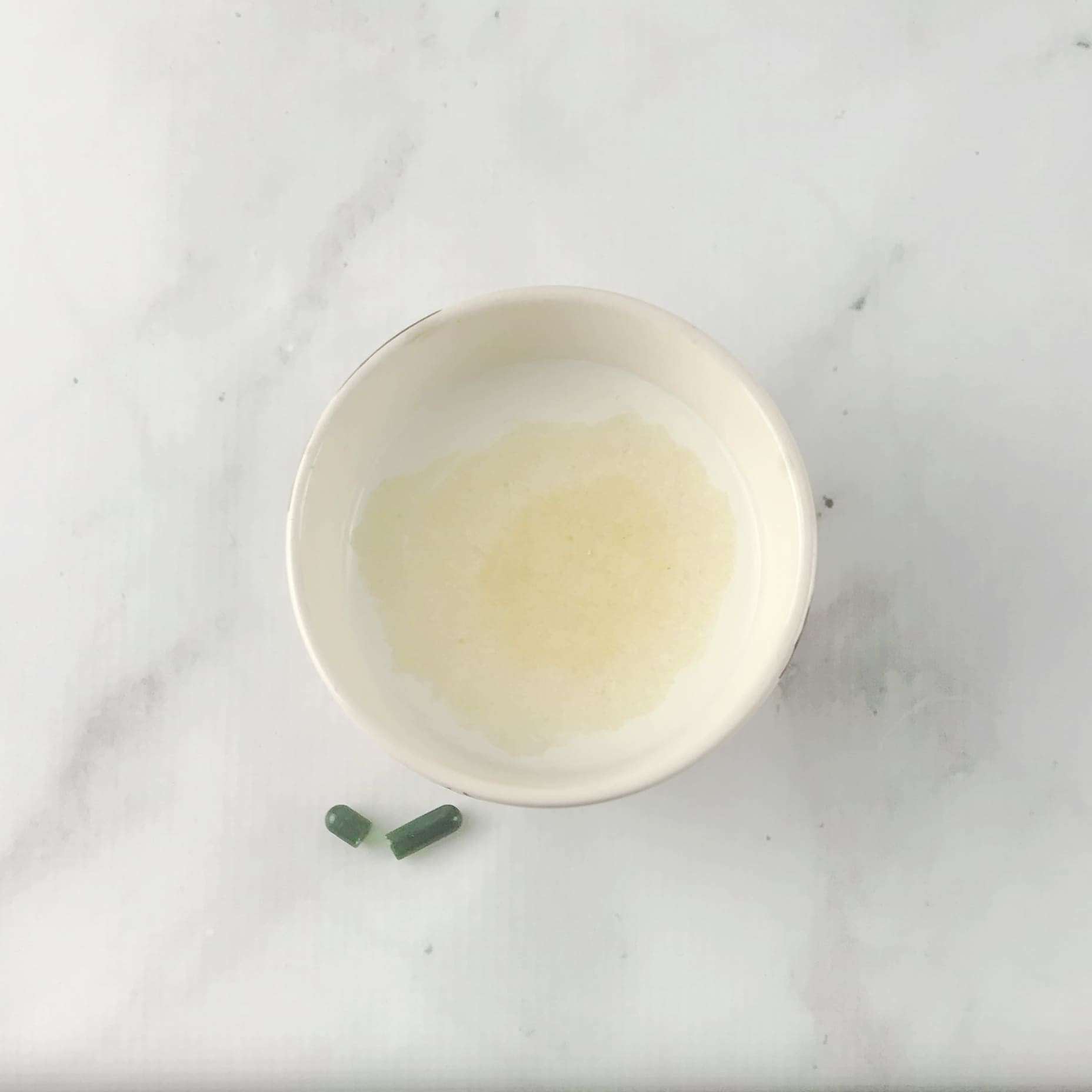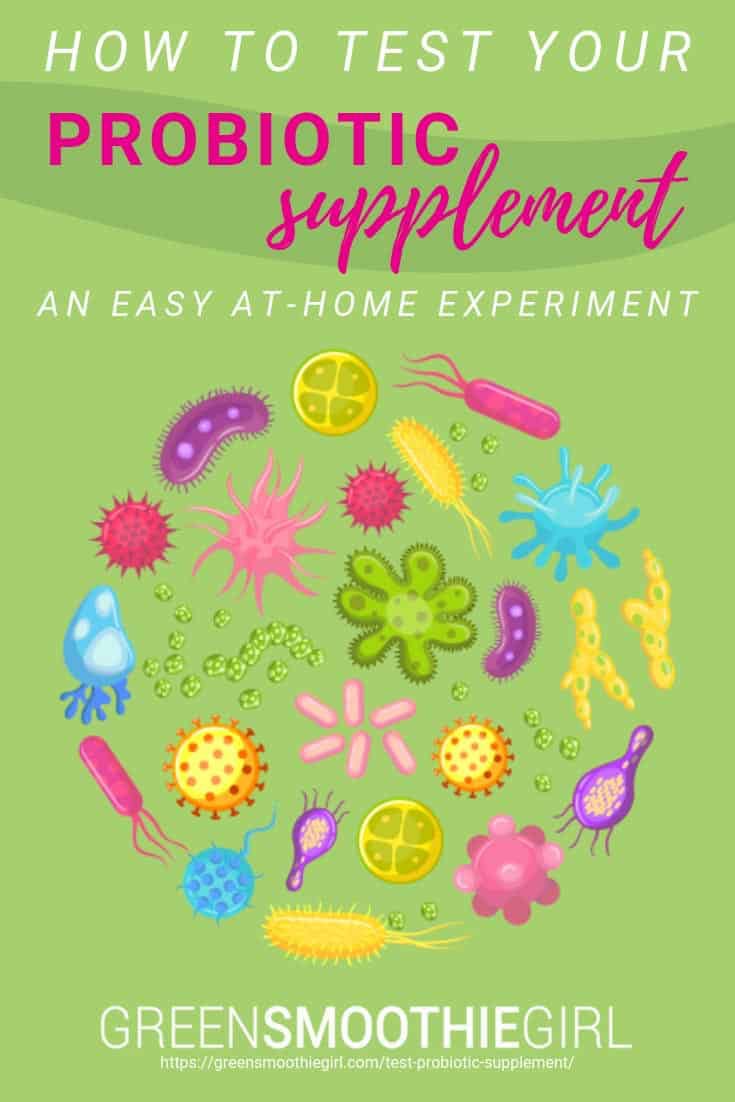How to Test Your Probiotic Supplement: An Easy At-Home Experiment

Podcast: Play in new window
Subscribe: Spotify | RSS | More
Want to know if that probiotic supplement on your shelf and in your fridge is still working to give you a healthy gut?
As living organisms, probiotics have a short lifespan.
Many factors can influence how long they last: the origin of the materials, the length of the supply chain, the types of processing used, storage conditions on store shelves or at home, and more.
Because these living "cultures" are fragile, I hate to tell you that most probiotics on the market are garbage. And I've proven it.
In this post:
Frankly, it's not EASY to bring a good probiotic to market.
Manufacturers want you to think that how many billions of probiotic organisms, and how many varieties, are the "proof in the pudding" of whether the product is good, better, or best. That's only part of the story though, and not necessarily the best, or only, yardstick.
There is a simple at-home test you can do to check if your probiotics are still alive and able to colonize your gut, giving you all those incredible digestive, immunity, and mental health benefits you buy them for.

Probiotics have a multitude of benefits, but they won't work if they're too old!
We did this test with different brands sent to us by our readers, and the results were surprising.
Most of the probiotics didn’t work! In fact, only TWO brands still had living organisms in them, and all the rest were dead!
You can do this experiment on any probiotic that contains the lactobacillus acidophilus strain (check the label), and you’ll know within a day or so if it's still viable.
How To Test Your Probiotic At Home
Step 1
Put half a cup (4 oz) of milk into a small bowl, jar, or cup, and let it come to room temperature for 1-2 hours.
Step 4
Check to see if the milk has cultured -- either formed some lumps or created a thickened, yogurt-like consistency. If so, your probiotics supplement is still viable.
The Best Probiotics Supplement
Once you know if your probiotics supplement is still viable and working, that’s only part of the story.
Besides fresh ingredients, a good-quality probiotic supplement will have these qualities to give you the best results for a healthy microbiome:
1. At least 10-15 strains of probiotics (the more, the better).
Since different bacteria do different jobs, you need a broad diversity of types to strengthen and colonize your gut. Check the label and make sure you’ve got strains from these groups:
- Bifidobacteria, like B. bifidum, B. breve, B. infantis, B. lactis, and B. Longum. These versatile bacteria compete with harmful bacteria, digest a variety of molecules, break down waste, and stimulate the immune system. They tend to be susceptible to antibiotics, so they are very important to take if you’ve ever had even one course of antibiotics in your life, even if it was a long time ago. Many people do not recover immune function after antibiotic use and suffer for years afterward.
- Lactobacillus, like L. acidophilus, L. brevis, L. bulgaricus, L. casei, L. lactis, L. plantarum, L. rhamnosus, and L. salvarius. These fairly hardy bacteria help increase nutrient absorption, stimulate antibody production, break down food into energy, produce amino acids, act as anti-inflammatories, and more.
2. At least 5 billion CFU (“colony forming units”) per capsule.
3. An added prebiotic.
Prebiotics feed probiotics, increasing their number and optimizing their ability to do their work in the gut.
Unlike probiotics, prebiotics aren’t alive. They are a very specific fuel (fermentable dietary fiber, preferably from a food like yacon, chicory, or artichoke), and without them, you’ll have less productive bacteria that’s slow to multiply, sluggish, and may even die.
When I couldn’t find an ideal probiotics supplement that had everything I wanted, I created one. This undertaking gave me the opportunity to add more ingredients to help digestion, including:
- Digestive Enzymes: Digestive enzymes take the food you eat and break it down into useable molecules for energy production and cell function. These enzymes also play an important role in metabolic processes. We added lipase, protease, and amylase to help you digest fats, proteins, and carbohydrates easily.
- Organic Trace Minerals: Minerals are enzyme cofactors, the triggers that enable digestive enzymes to work. Since most Americans are mineral deficient, including these cofactors is important so the enzymes can function properly.
- Chlorophyllin: Derived from chlorophyll, chlorophyllin is what gives PreZymePro capsules their distinctive green color. Chlorophyllin helps relieve constipation, reduce flatulence, and even control body odors.
We make PreZyme Pro in small batches, so you’re always getting fresh ingredients for the best benefits.
Now you know how to test any probiotic product for yourself, for its efficacy.
Even if you test your own probiotic product and find that it contains living cultures, I still recommend you vary your brands, using a few different ones, if the brand you use has fewer than about 10 different probiotic strains. This will give you the best chance at a thriving gut and healthy life.
Read Next: 7 Natural Immune Boosters

Disclosure: This post may contain affiliate links that help support the GSG mission without costing you extra. I recommend only companies and products that I use myself.
Posted in: Supplements, Videos, Whole Food


















